Growth Strategies for Startups in 2025: Proven Frameworks That Actually Scale
Startups operate in one of the most competitive environments today. Success isn’t about having the most funding or the flashiest product—it’s about executing on the right growth strategies for startups. These strategies help startups acquire users, validate their market, and scale revenue effectively.
This guide breaks down 10 battle-tested growth strategies that can work for your startup in 2025—plus a real-world case that shows just how powerful a few strategic adjustments can be.
1. Embrace Product-Led Growth (PLG) to Drive Early Momentum and Fuel Long-Term User Acquisition
Let your product do the heavy lifting. Product-led growth reduces friction and puts the value of your solution front and center.
Tactics:
- Launch with a freemium model or trial
- Guide users with onboarding flows
- Build in-app referral features
- Track feature usage and product-qualified leads (PQLs)
2. Use Content Marketing to Build Brand Authority, Capture Intent, and Drive Consistent Organic Growth
Content isn’t just a traffic driver—it’s a brand and conversion tool. When done right, it builds authority and drives leads.
Content strategy tips:
- Focus on bottom-funnel and long-tail keywords
- Build topic clusters and interlinked blog ecosystems
- Reuse articles as email, video, and social content
Case Study: How One B2C Client Doubled Revenue and Tripled Leads With Refined Messaging and Campaign Structure
In early 2024, a B2C startup came to us with a challenge: “We’re growing, but we feel there’s room to improve.”
What we did:
- Researched the market and competitors
- Identified persona pain points
- Redesigned lead generation campaigns
Results:
- Leads jumped from 200 to 500+ per month
- Cost per lead dropped to 17.62 PLN
- 65% of leads became SQLs
- Monthly revenue grew from 2.4M to 4.7M PLN
This case proves that small, strategic changes can deliver massive outcomes.
I often share growth breakdowns like this on LinkedIn, including how we reduced B2B SaaS CPLs by 40% in three iterations. You can also find more real-world frameworks at Webomo.pl.
3. Run Lean Experiments to Validate Product-Market Fit and Learn Fast Before You Scale Up
Scaling before validating is one of the biggest startup killers. Lean experimentation avoids waste and speeds up learning.
Steps:
- Build an MVP
- Form a hypothesis
- Launch small tests
- Measure results and iterate fast
4. Optimize for Retention From the Start—Because Long-Term Growth Comes From Keeping Your Best Users
It’s cheaper to keep a customer than acquire a new one. Retention fuels sustainable growth.
Key tips:
- Map customer lifecycle journeys
- Set up behavior-based emails and notifications
- Monitor churn signals
- Build community loops or incentives
5. Build a Scalable Paid Media Engine That Grows With Your Startup Without Burning Through Budget Too Fast
Paid ads can be rocket fuel—or a money pit. Scale what works and cut what doesn’t.
Tactics:
- Start with high-intent search terms
- Optimize for LTV, not just leads
- Use analytics to reduce waste
- Continuously test creatives and audiences
6. Leverage Email and Automation for Lifecycle Marketing That Converts and Scales Without Constant Manual Work
Email is still one of the most profitable channels—especially when automated.
Set up:
- Welcome and onboarding sequences
- Abandoned cart or form nudges
- Reactivation emails
- Usage-based upsell triggers
7. Use Conversion Rate Optimization (CRO) to Maximize Every Visitor and Make Your Funnel Work Smarter, Not Just Harder
More traffic is useless without conversions. CRO makes your existing visitors more valuable.
Start with:
- Heatmaps and user recordings
- A/B testing forms and CTAs
- Faster page speed and mobile UX
- Personalized offers or exit popups
8. Find Strategic Partners to Expand Your Reach Faster and Add Value Without Starting From Zero Every Time
You don’t have to do it all alone. Partnerships give you access to new audiences with built-in trust.
Ideas:
- Co-branded campaigns with complementary products
- API or product integrations
- Affiliate and influencer programs
- Joint webinars or events
9. Choose Metrics That Reflect Real Startup Growth, Not Vanity Numbers That Mislead Your Decisions
It’s easy to get distracted by likes or pageviews. Track what matters at each funnel stage:
Top of Funnel (Awareness):
Middle of Funnel (Consideration):
- Leads generated
- Cost per lead (CPL)
- Lead scoring
- Email engagement
Bottom of Funnel (Conversion):
- Sales-qualified leads (SQLs)
- Conversion rate
- Revenue per user
- CAC
Retention & Expansion:
- Customer Lifetime Value (CLV)
- Repeat rate
- NPS
- Churn rate
Focus on the metrics that reflect ROI. Review monthly and adjust based on outcomes, not assumptions.
10. Align Your Team Around a Single Growth North Star to Keep Focused and Drive Consistent Execution
Your growth strategy only works when your team is aligned.
Align by:
- Choosing a North Star Metric (NSM)
- Sharing dashboards across departments
- Running joint growth sprints
- Celebrating learning, not just outcomes
Growth Isn’t a Hack—It’s a System
Successful growth strategies for startups aren’t shortcuts. They’re systems—rooted in data, experimentation, alignment, and execution.
At Webomo, we partner with ambitious startups to design and scale these systems—from lead gen and PLG, to retention and revenue optimization.
Let’s talk. Get a tailored growth roadmap for your startup.

AUTHOR
Tomasz Jóźwiak
Growth Marketing Strategist | Founder at Webomo
I'm Tomasz Jóźwiak, a growth marketing strategist and the founder of Webomo. Over the past decade, I’ve helped startups, scale-ups, and established brands drive measurable growth through full-funnel strategies, performance marketing, and conversion optimization.
I believe in data-driven experimentation, fast execution, and full transparency—because real growth is about more than just vanity metrics.
👉 Let’s connect on LinkedIn or check out Webomo’s growth marketing work.

Fueling Growth with Strategy
Questions?
Ask any question about identifying new growth opportunities for your company.
